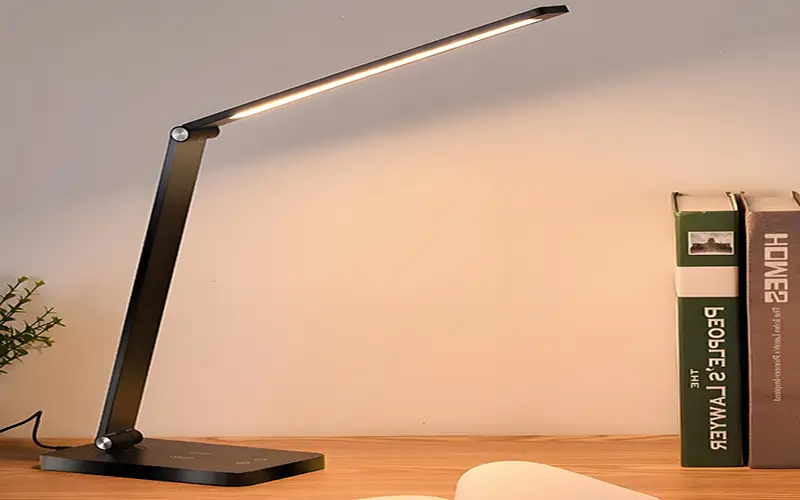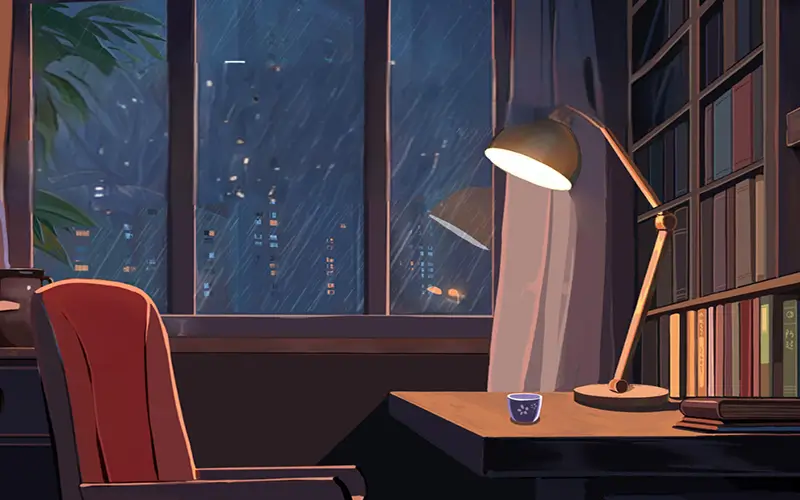
Lighting is vital to our lives, different colors are suitable for different places and can affect our mood. So, let’s look at what kind of color lighting is suitable for studying. Lighting can significantly affect concentration, work efficiency, and overall comfort. In this article, we will explore the best color lighting for studying, and how different light settings can affect learning efficiency and eye health.
How Important Is the Right Color Lighting for Reading?
We all know that the right light affects our lives. So proper lighting is crucial to creating an effective learning environment. First, the right light can reduce eye fatigue, improve concentration, and even affect mood. At the same time, if the lighting is insufficient or the light color is not ideal. It can cause your eyes to tire more quickly when studying, cause pain, or affect memory.
Lighting is also important when you are reading on a screen such as a tablet or smartphone. If your screen is brighter than the surrounding light, you will still experience eye fatigue, disorientation and lack of concentration.
Cold Light vs. Warm Light: Which is Better for Concentration?
Cold light usually has a higher color temperature (above 5000K) and emits a blue hue. Warm light, on the other hand, appears yellow or orange and is around 3000K. So in comparison, cold color lighting does improve concentration and is more suitable for studying. This light simulates natural daylight and helps improve mood and concentration.
Warm light, on the other hand, gives people a warm and relaxing feeling, and it is more suitable for relaxing and playing after studying.
Overall, if your goal is to improve concentration and work efficiency, cold light may be a better choice. But it also depends on personal needs and scenarios.
What is the Best Color Lighting for Daytime Studying?
For daytime study and reading, it is usually around 4000K to 5000K. Because it imitates natural daylight, it is ideal for daytime study. It strikes a balance between cool and warm light, helping to keep alert without causing too much damage to the eyes. This type of lighting is ideal for creating a bright and comfortable learning environment. If you don’t know how to choose 4000K and 5000K, pls read Comprehensive Comparison of 4000K vs. 5000K in Lighting
It is best to mention that the CRI can reach above 90, which can ensure high-quality color reproduction. High authenticity, better close to natural white light.
What are the Best Light Colors for Nighttime Reading?
When reading at night, we must avoid lights with high blue light content. This is because they interfere with the production of melatonin, which signals the body to wake up. Reading at night with these colors can disrupt the body’s natural rhythm and cause sleep problems.
So for reading at night or before bed, we recommend using warm white or soft yellow lights (about 2700K to 3000K) because they are gentler on the eyes and make you feel more relaxed. For more information, pls read What Color Light is Best for Your Eyes at Night?

How Does LED Lighting Improve Learning?
LED lighting is energy-efficient and versatile, offering several advantages for learning lighting. First, they generate less heat than traditional incandescent lamps, which can reduce eye strain and discomfort.
In addition, LED lighting is selectable and customizable. It can be easily adjusted to different color temperatures and brightness levels, allowing you to tailor your learning environment to your needs.
How Do Light Intensity and Brightness Affect Learning?
The color of light is important for learning. But at the same time, the intensity and brightness of light play an equally important role in learning.
Let’s assume that insufficient light will cause eye fatigue and difficulty in reading. Excessive brightness will cause glare and discomfort. So for learning lighting, make sure the surrounding environment is bright enough for clear reading without eye fatigue. In addition, you can also consider using a desk lamp to provide additional light for reading or studying, especially in dimly lit areas.
Conclusion
For study lighting, we need to choose the most suitable color lighting studying, and we also need to consider color temperature and brightness. Cool white and daylight white are very suitable for reading during the day, while warm light is more suitable for studying at night. In addition, everyone has different preferences, so you need to make a choice based on the actual situation.
